On Valentine’s Day, a homeless man was found dead in the pedestrian subway near the Houses of Parliament. This week, Communities Secretary James Brokenshire published the government’s response, its much-delayed £100 million ‘rough sleeping strategy’, which includes the eye-catching initiative to eradicate all rough sleeping by 2027. Charities and Labour were unimpressed, quickly working out that the promised funding was not new money but appeared to have been reallocated from other budgets.
But what caught my eye was a vague plan to ‘work with’ local councils to carry out reviews into the deaths of homeless people. It is hard to tackle a problem which at present is not even being monitored. Not only are homelessness deaths not investigated in this country but, incredibly, they’re not even properly counted.
This extraordinary black hole of information formed the subject of an investigation I carried out for the Manchester Evening News this week, prompted by the death of a rough sleeper in the city centre at the end of last month — a tragedy we knew about only because a member of the public told us the road had been cordoned off. It transpired that two weeks earlier a second man had died just yards away.
We wanted to tell the story of those who die while homeless — who they are, where they came from, how they lost their lives. But I quickly found that to be almost impossible. Neither Manchester City Council nor any other authority records these deaths. There is thus no data that would allow us or anyone else researching the issue to build a picture of what, collectively, their circumstances, locations or causes of death might tell us. In many cases the only thing we had to go on was anecdotal information — sometimes not entirely accurate — which came either from helpful homelessness workers or from people who are themselves living on the streets.
Jonathan Billings is chief executive of the Stockport homelessness charity the Wellspring, one of the few organisations that do keep some kind of record of these deaths. In the charity’s entrance porch is a mural featuring the names and faces of people who have used the service and who are known to have died. Among them was Sean, who Jonathan told me had jumped out of a top-storey window a couple of months earlier. Then there was Matthew, who ‘died about six months ago. He massively overdosed on heroin in the toilets in the Merseyway shopping centre. He went into the toilet at 8 a.m. and they didn’t find him until they were shutting it at night. They had to break the door down.’
As for David, he died smoking in the back of his van. Richard, meanwhile, ‘was such a lovely lad. He had a spice episode. They found him last winter under a bush. He died in hospital’. Pointing to a handsome, cheerful face, Jonathan said: ‘Daniel went through Manchester City’s academy as a kid. He was a brilliant footballer, but died from liver failure after a couple of years of alcohol abuse. He really could have been a footballer, he was so gifted.’
Then there was arguably the most symbolic death of all. ‘Stefan Tomkins was in the bin,’ Jonathan told me, sadly. Stefan, described by his parents as an athletic, promising student who had dropped out of university after tipping into a ‘bottomless’ spiral of drugs, was 31 when he died in 2009.
The photo showed him as a fresh-faced, fluffy-haired 12- or 13-year-old in the early 1990s, smiling through a brace. ‘He was crushed to death in the bin by the bin lorry on the night they did the annual rough sleeper count and didn’t find anybody,’ said Jonathan.
The closest I could get to finding out how many Stefans, Daniels or Richards have died on the streets of Manchester was via an inquiry to the city coroner, whose office tells me it has investigated 50 deaths of people with ‘no fixed abode’ in the past five years, with the numbers creeping up over that period. The average age of death for someone listed as having no fixed abode was 43. Of the 50 deaths, 48 were men. The youngest was 28, the oldest 90.
Manchester City Council did start counting rough sleeper deaths at the start of this year, although it admits its figures will not be accurate. So far it is aware of nine deaths of rough sleepers — a minimum of about one a month. Death on the streets is only part of the picture, however. Behind closed doors are hundreds more ‘hidden’ homeless people languishing in the city’s guest houses and B&Bs. They are not included in the government’s official homelessness statistics and neither are their deaths recorded. In contrast to care homes, which are systematically inspected by the Care Quality Commission, there is no formal inspection regime of homeless shelters and no mechanism for picking up on unusual numbers of deaths.
The notorious Val’s hotel in Ardwick, just outside Manchester city centre, is a case in point. Val’s has been known for years among charities and council officers as somewhere you enter at your peril. When I first started writing about homelessness five years ago, its name came up quickly for all the wrong reasons. Late last year I heard of two, possibly three, deaths there. But I couldn’t get any information from either the council or the police. By April, however, I was hearing about more. But the council claimed to know nothing and sent me back to the police, who still couldn’t help.
Yet I found out subsequently that those people did exist and they did indeed die. William Richardson died last October. Kevin O’Hanlon and John Mongan died in December. John Barnes and Neil Gibson both died on 24 March.
That is five deaths in just six months. Nevertheless, these were not investigated and Val’s held on to its council-issued ‘housing of multiple occupation’ licence right up to the point when it was sold at the start of the summer. Soon afterwards, it burnt down.
When I went to the council again, I was told that they were ‘anecdotally’ aware of ‘a couple of deaths’, but not ‘officially’. In other words, no boxes existed, so no boxes were ticked. This, for me, sums up the scandal. Homeless people fall between the cracks in a system that is not designed to pay attention to them, even if individuals working within it do care.
Until that institutional indifference is addressed, the faces on the wall of the Wellspring are pretty much all the record we have of a collective national tragedy.
Got something to add? Join the discussion and comment below.
Get 10 issues for just $10
Subscribe to The Spectator Australia today for the next 10 magazine issues, plus full online access, for just $10.
You might disagree with half of it, but you’ll enjoy reading all of it. Try your first month for free, then just $2 a week for the remainder of your first year.

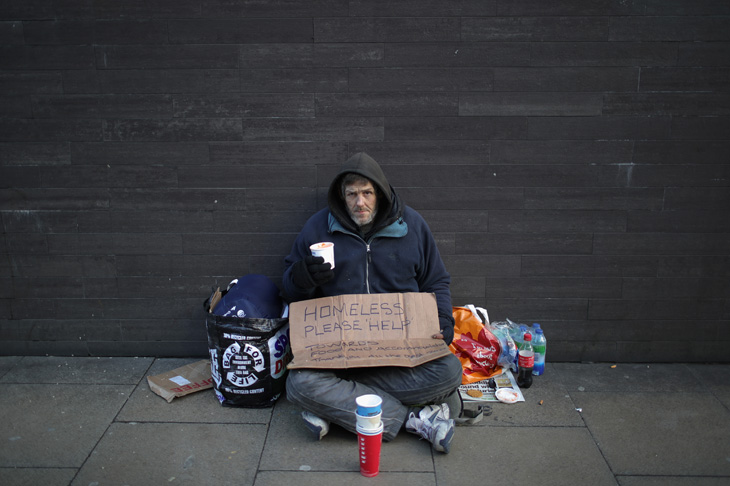
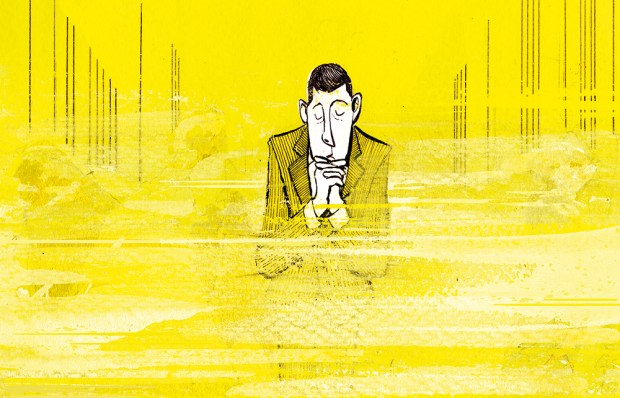
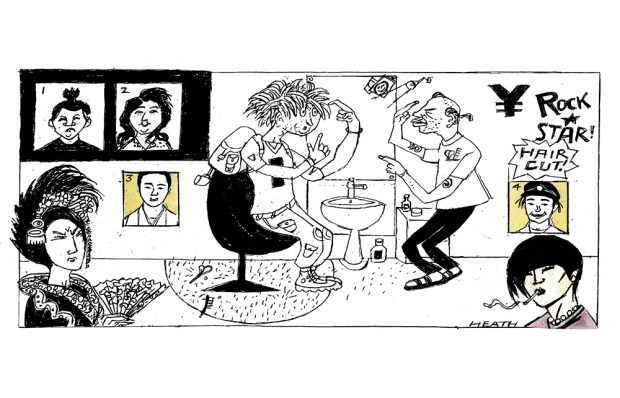

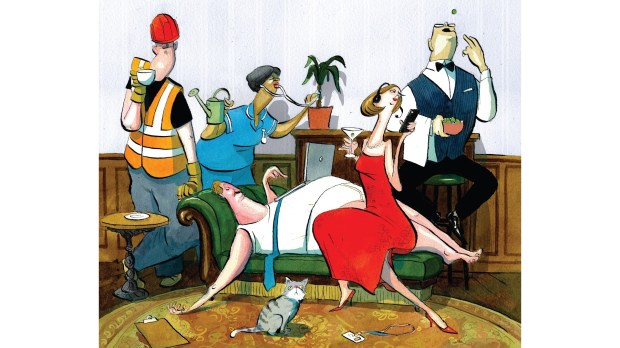

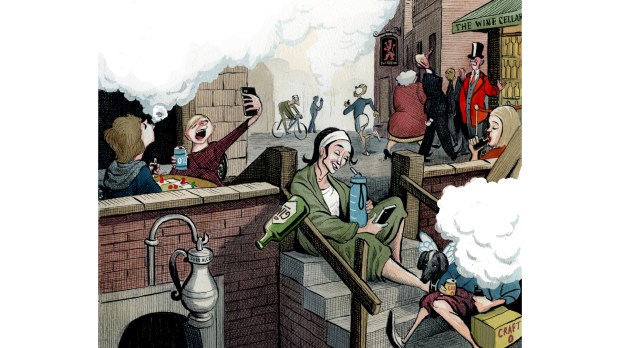






Comments
Don't miss out
Join the conversation with other Spectator Australia readers. Subscribe to leave a comment.
SUBSCRIBEAlready a subscriber? Log in